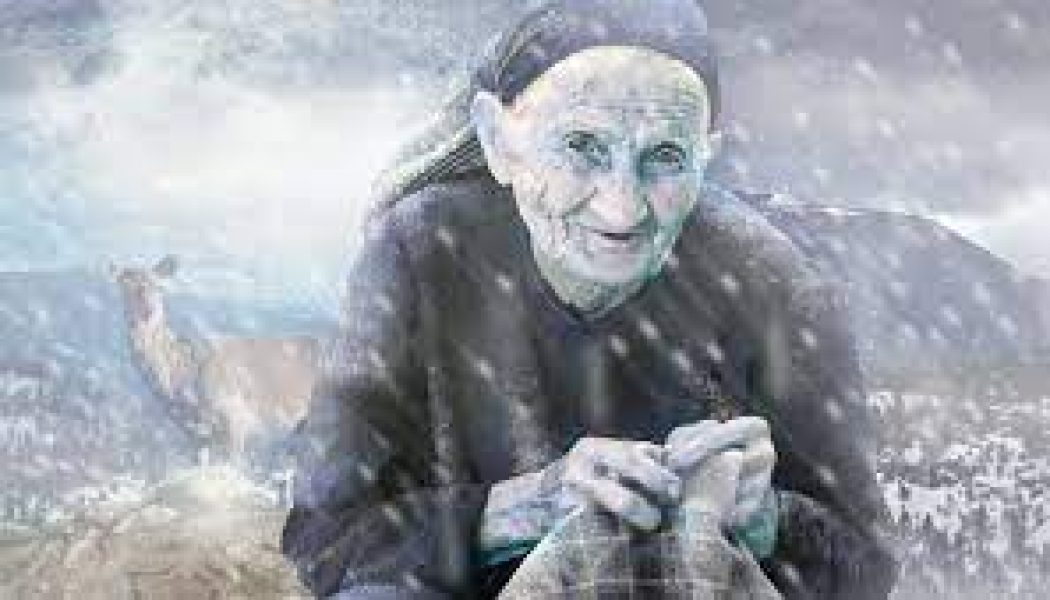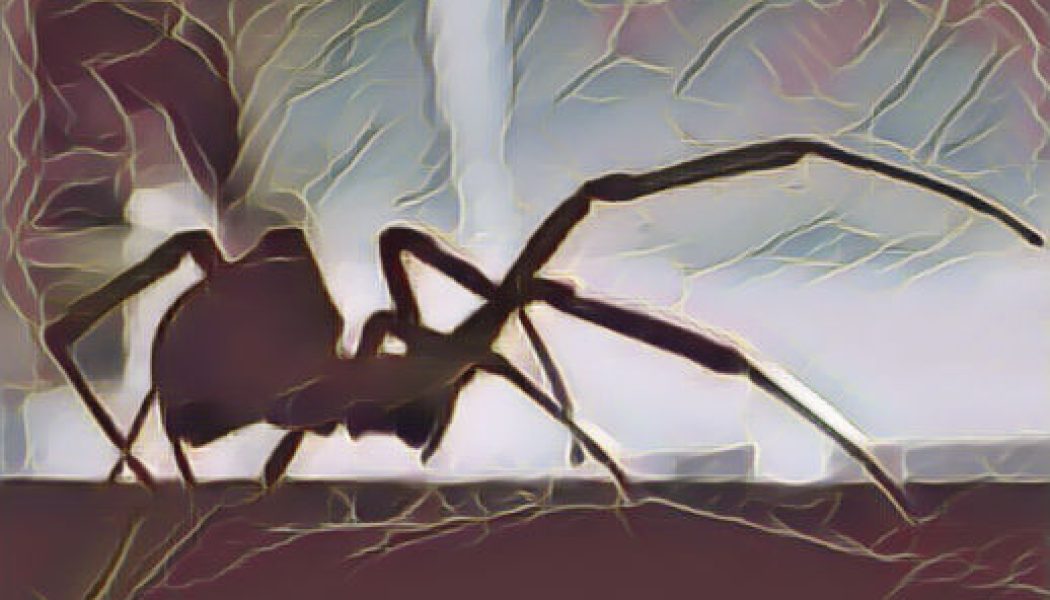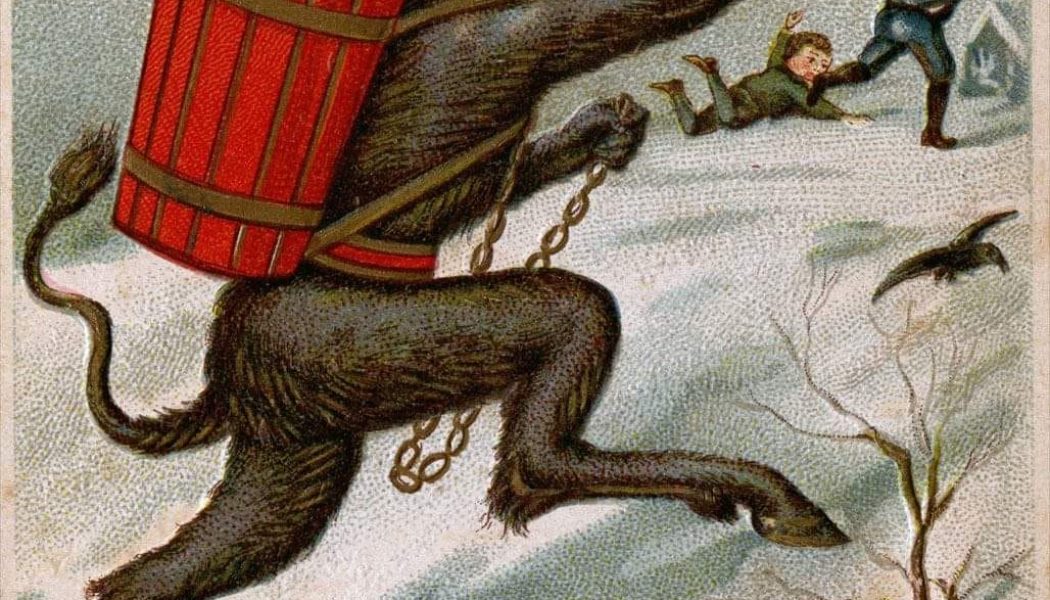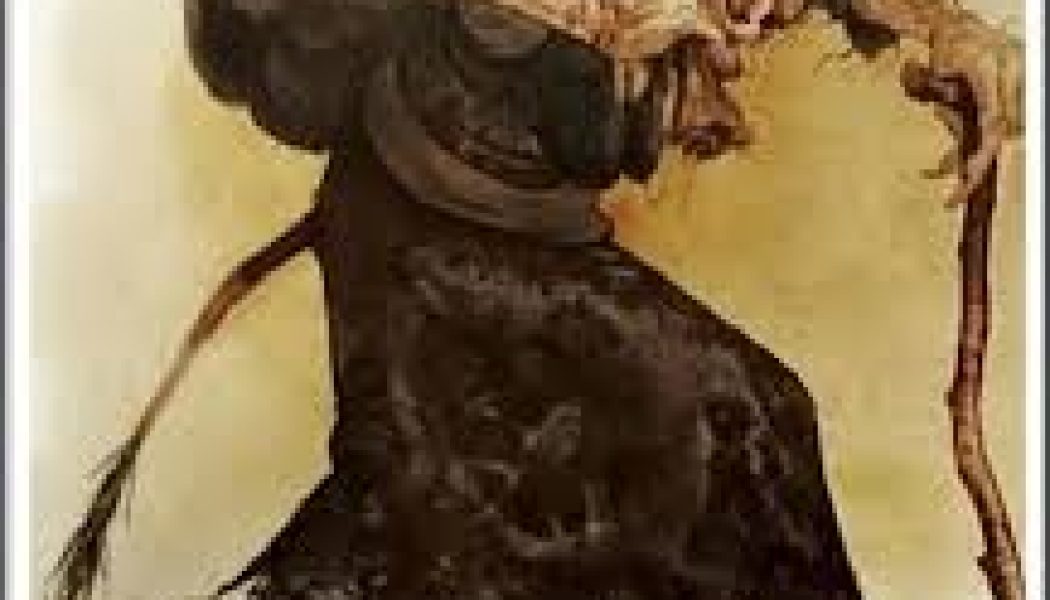Mythology
Cailleach Bhéarra
She above all resonates most greatly with me. Being that shes irish and her home is said to be not far from where i live i love her. Maybe that i am too a crone now. The picture here not to be seen in...
Spiders in Myth and Folklore
Nearly all cultures have some sort of spider mythology, and folktales about these crawly creatures abound! Hopi (Native American): In the Hopi creation story, Spider Woman is the goddess of the earth....
Who is Krampus
Krampus is meant to whip children into being nice. When listening to the radio in December, it’s unlikely to hear holiday songs singing the praises of Krampus:a half-goat, half-demon, horrific b...
Praise Gryla, a Terrifying Christmas Cannibal with 13 Deviant Sons
Gryla, a Terrifying Christmas Cannibal with 13 Deviant SonsIn Iceland, 54 percent of the population believe in elves and other paranormal beings. Grýla—who is believed to kidnap bad children and cook ...
Frau Perchta
Frau Perchta, also known as the belly slitter or Christmas witch from German lore. Like Krampus she goes after naughty people but mostly lazy ones. She hates dirty houses and she keeps a knife in her ...









